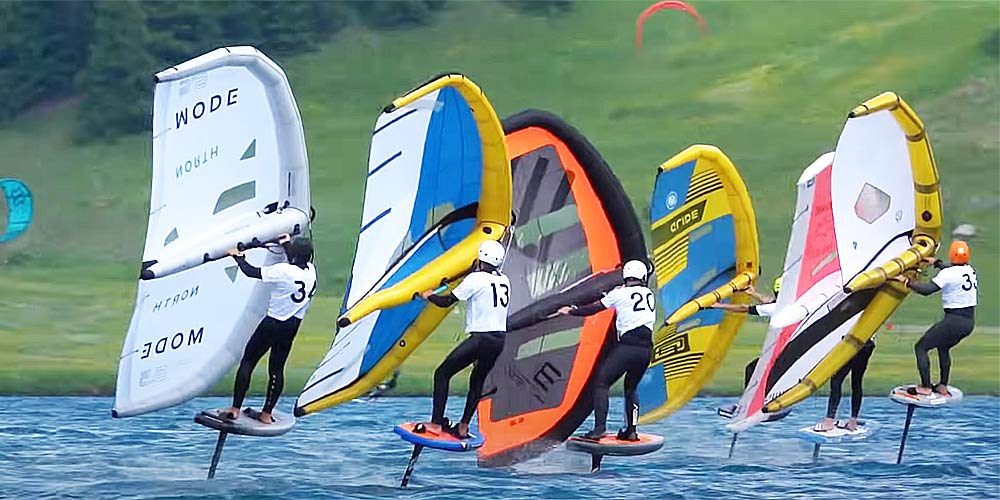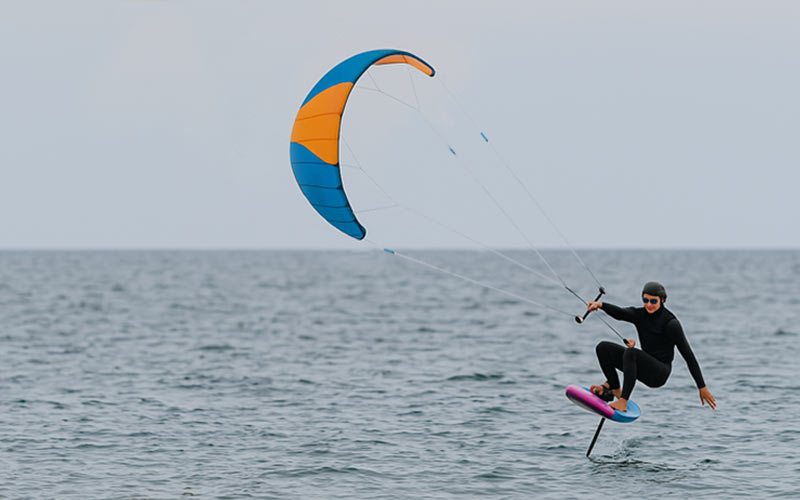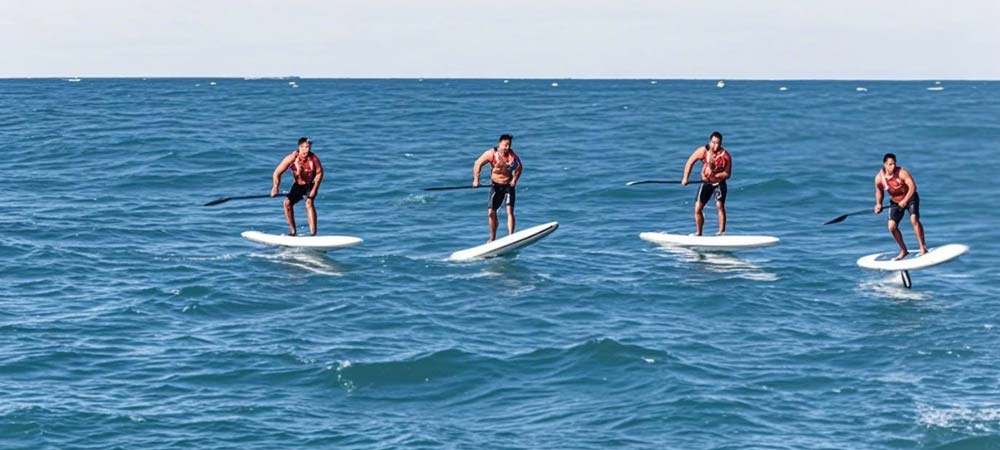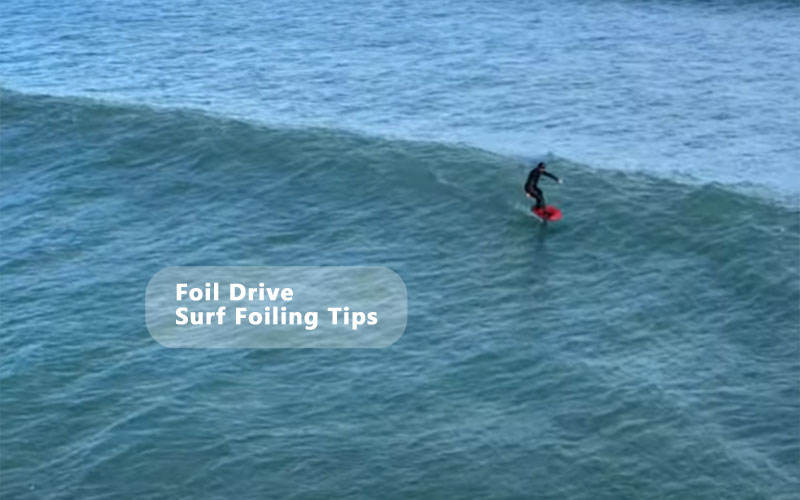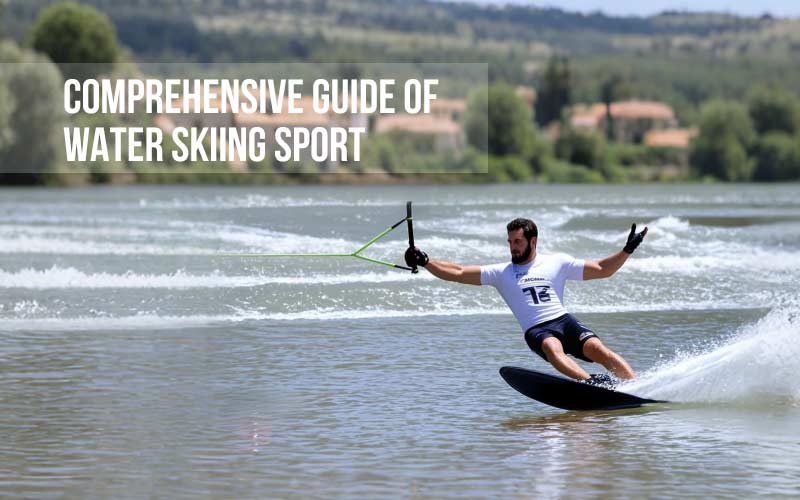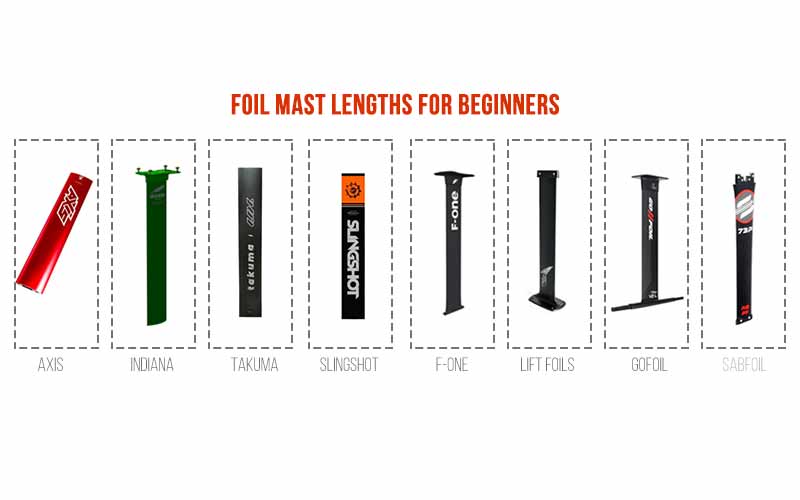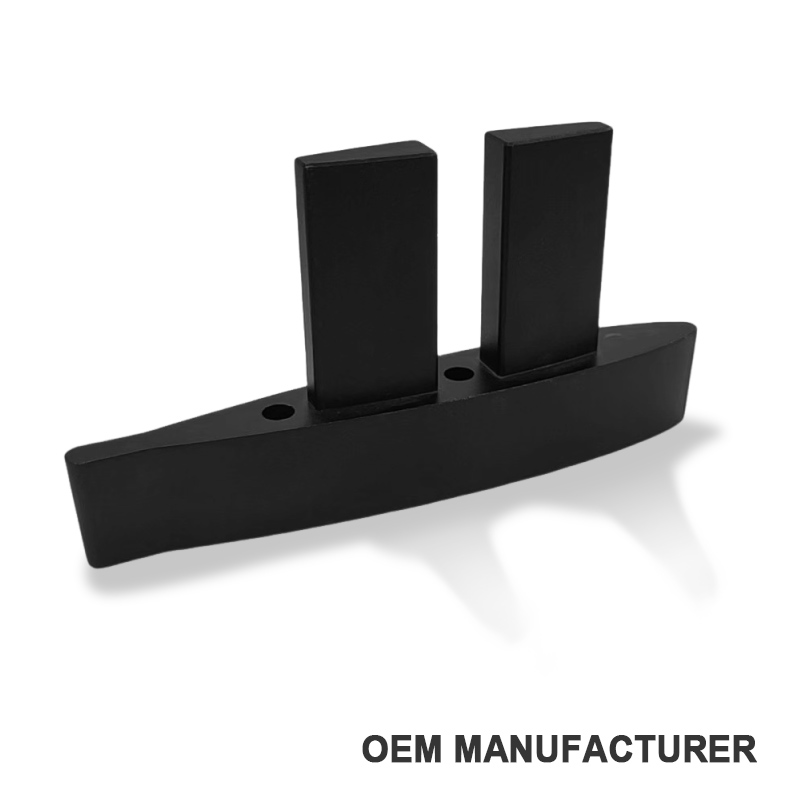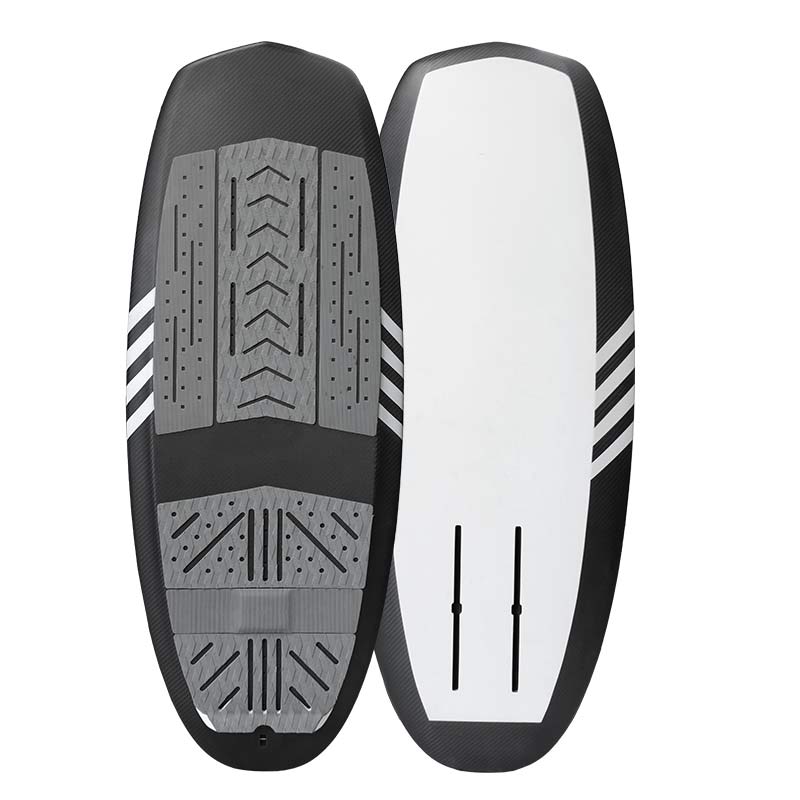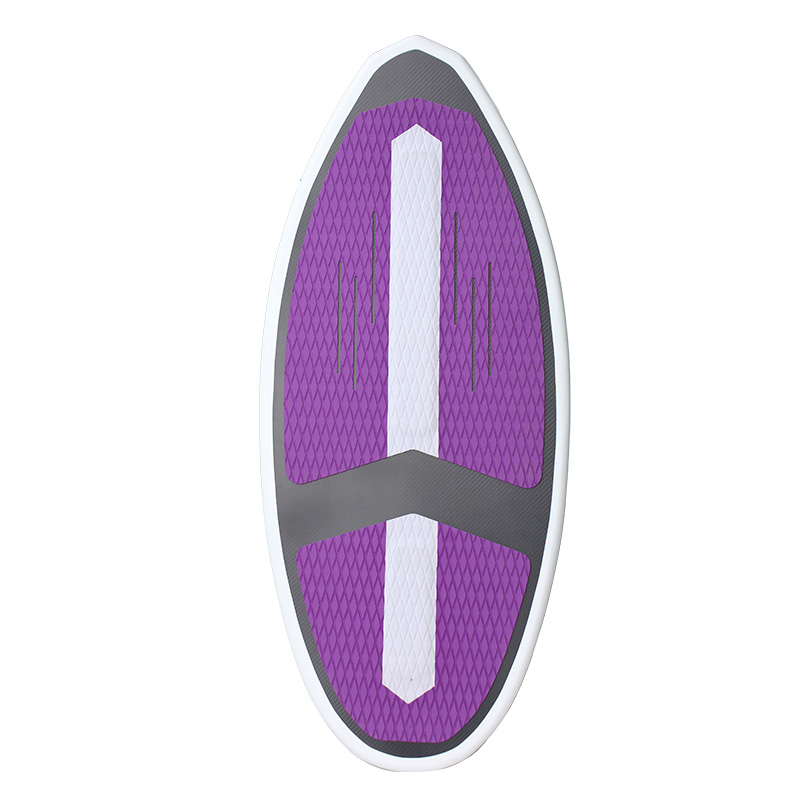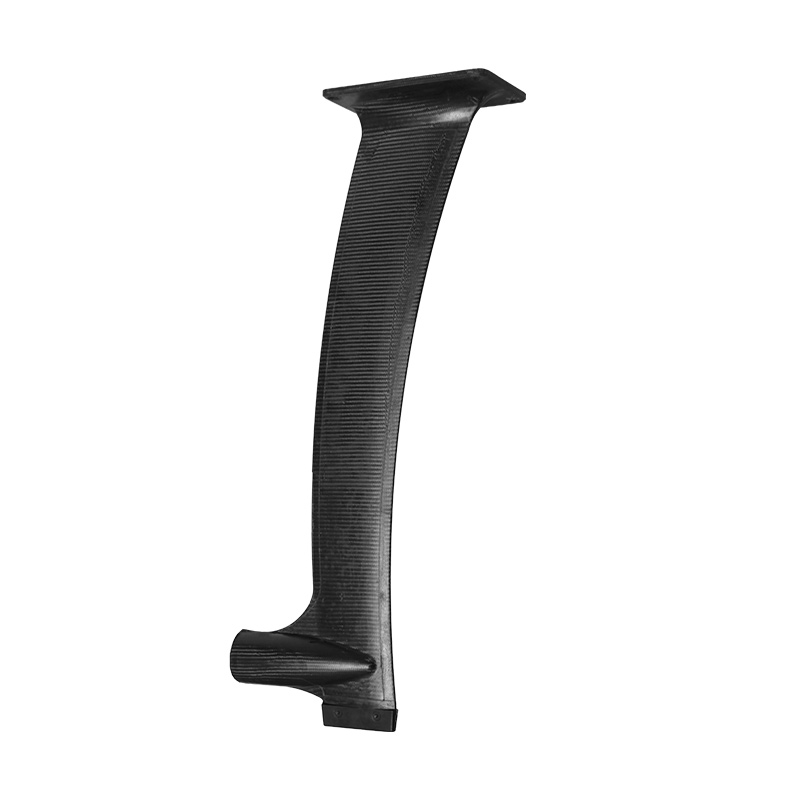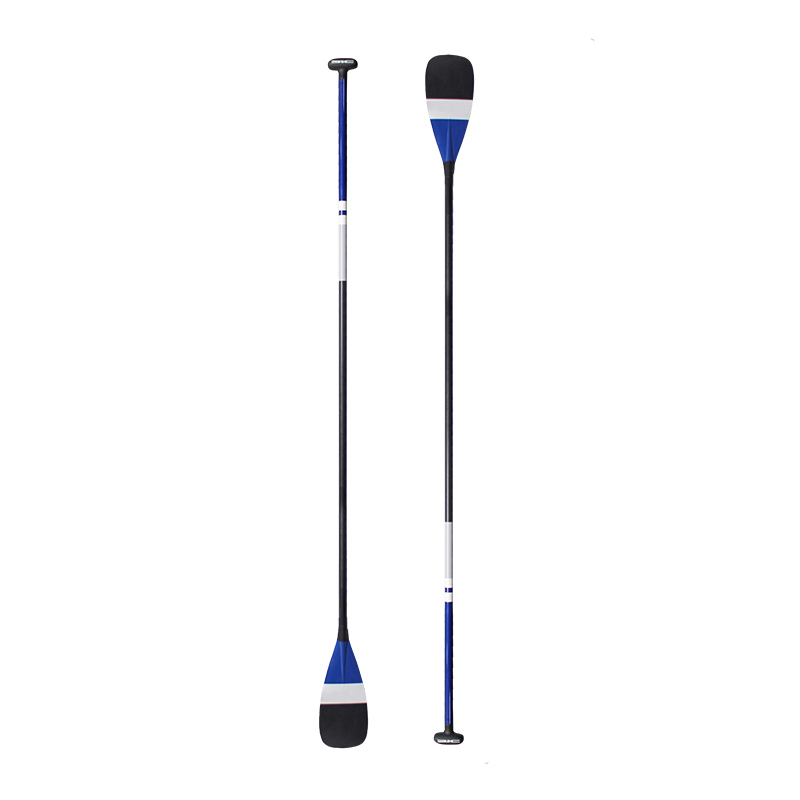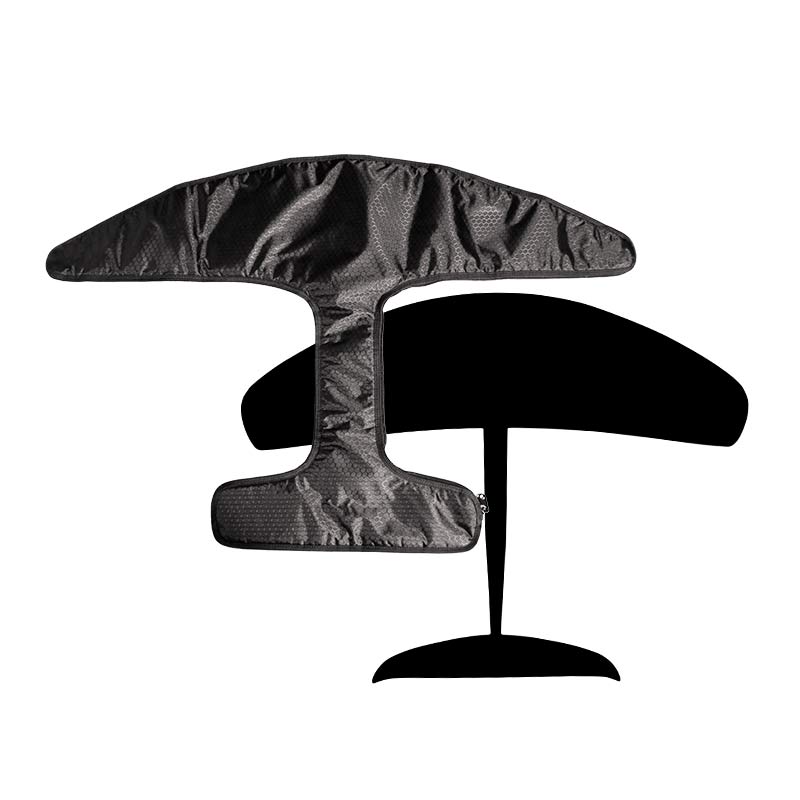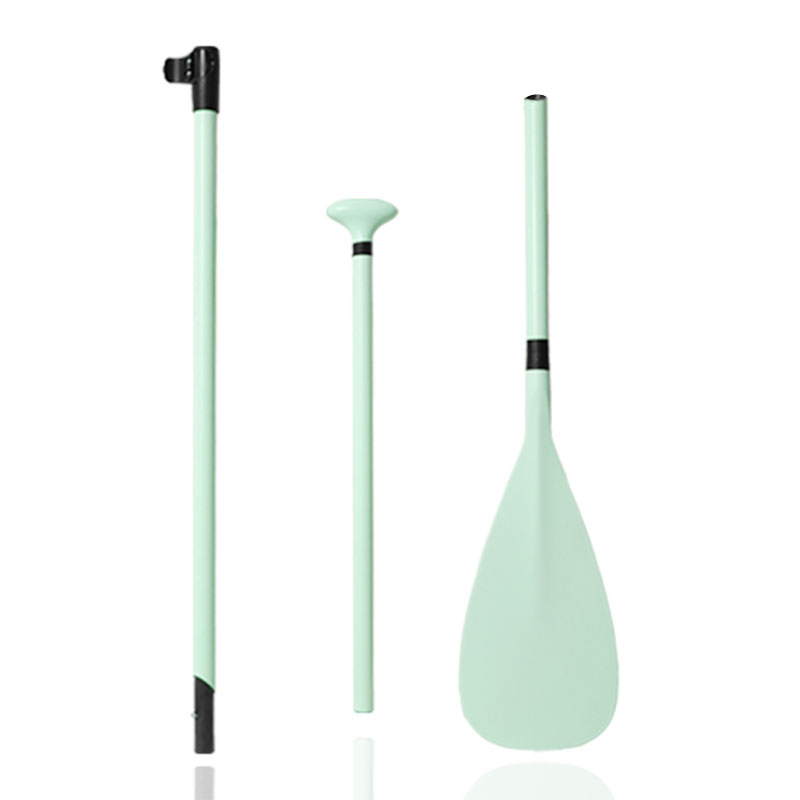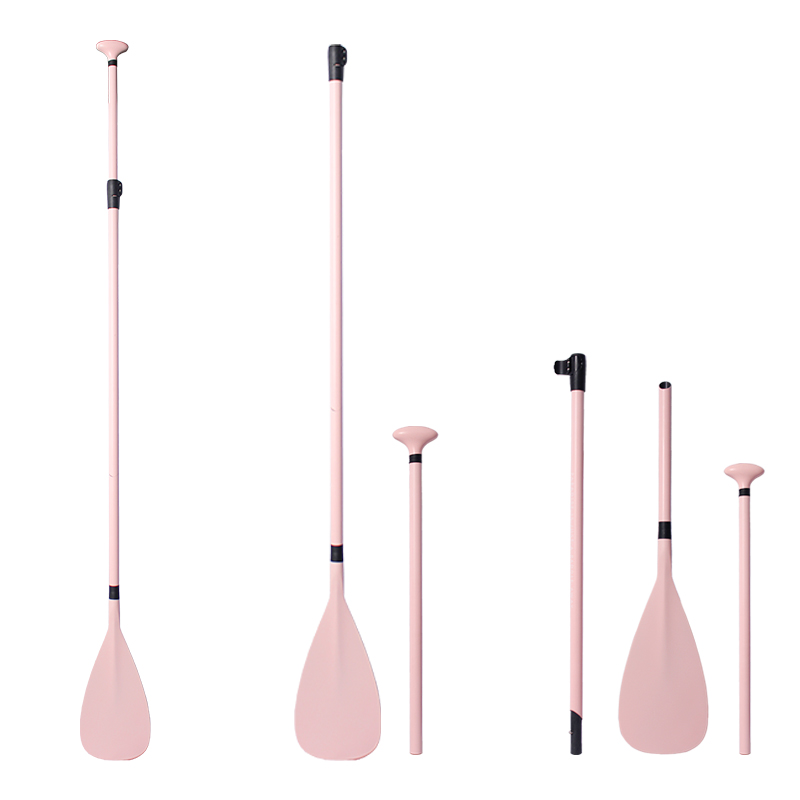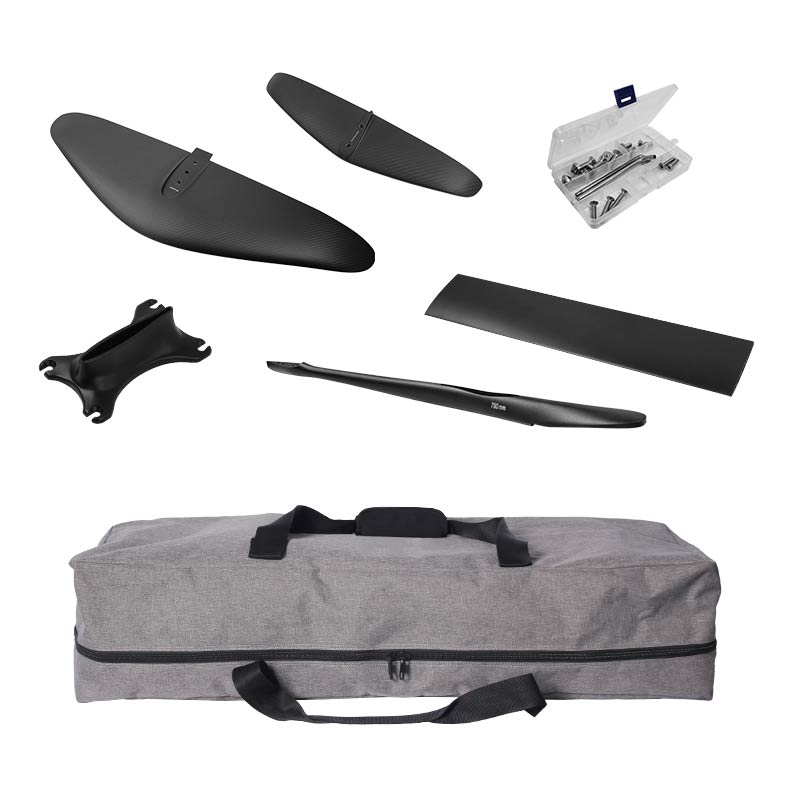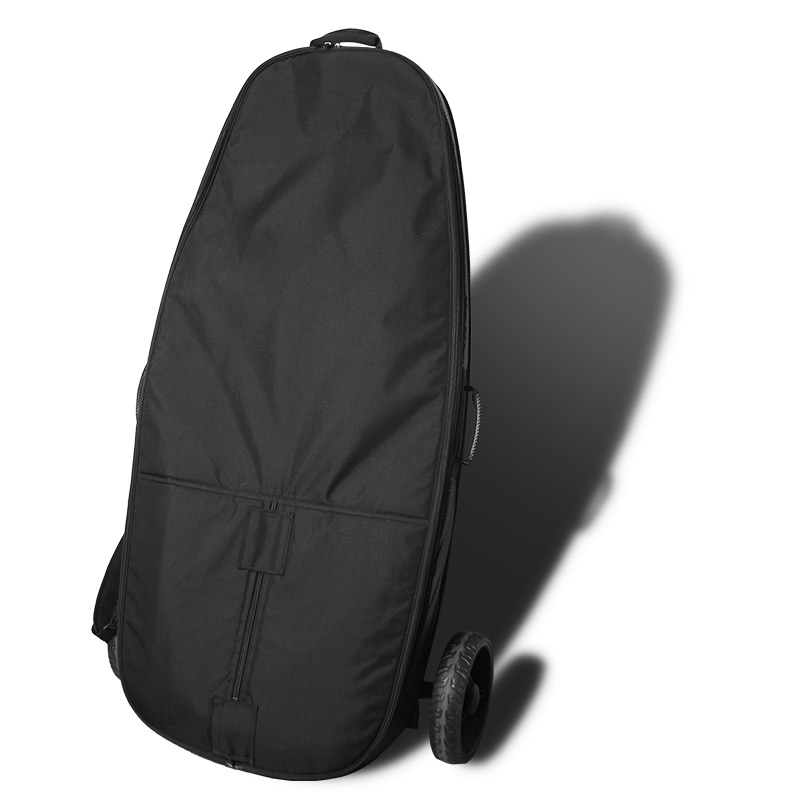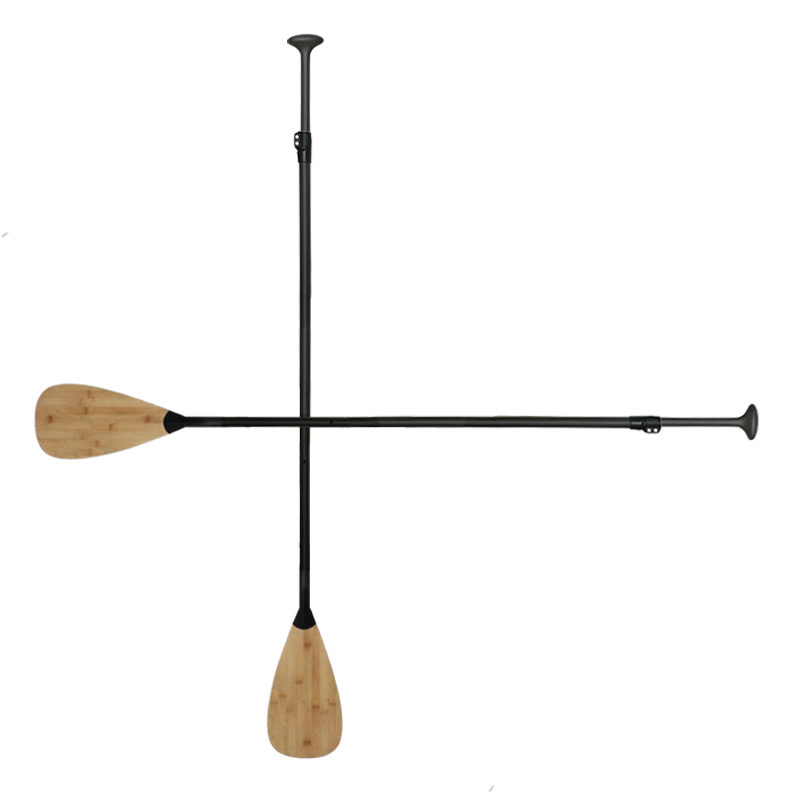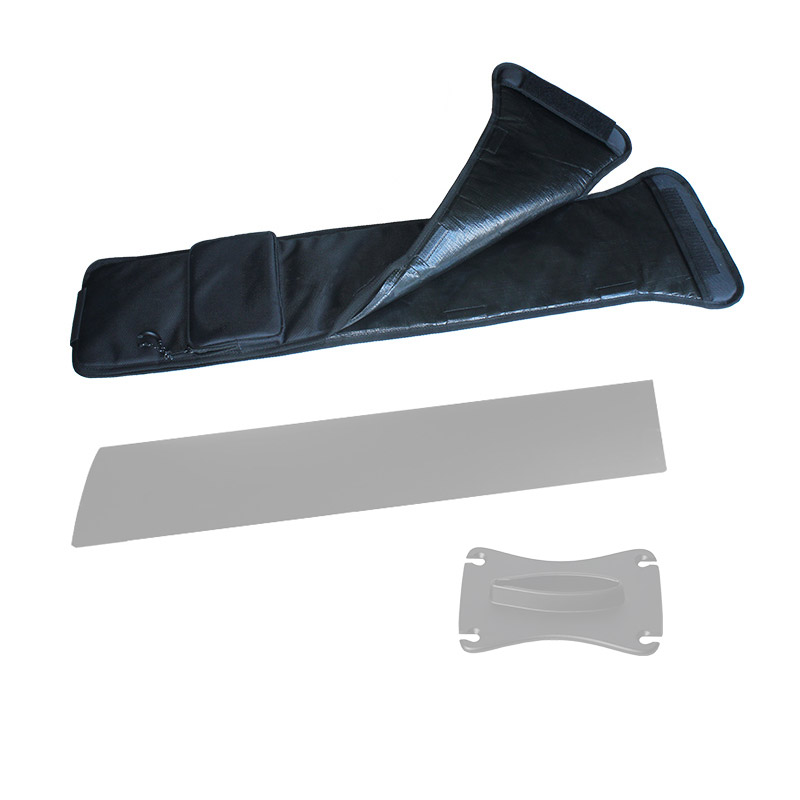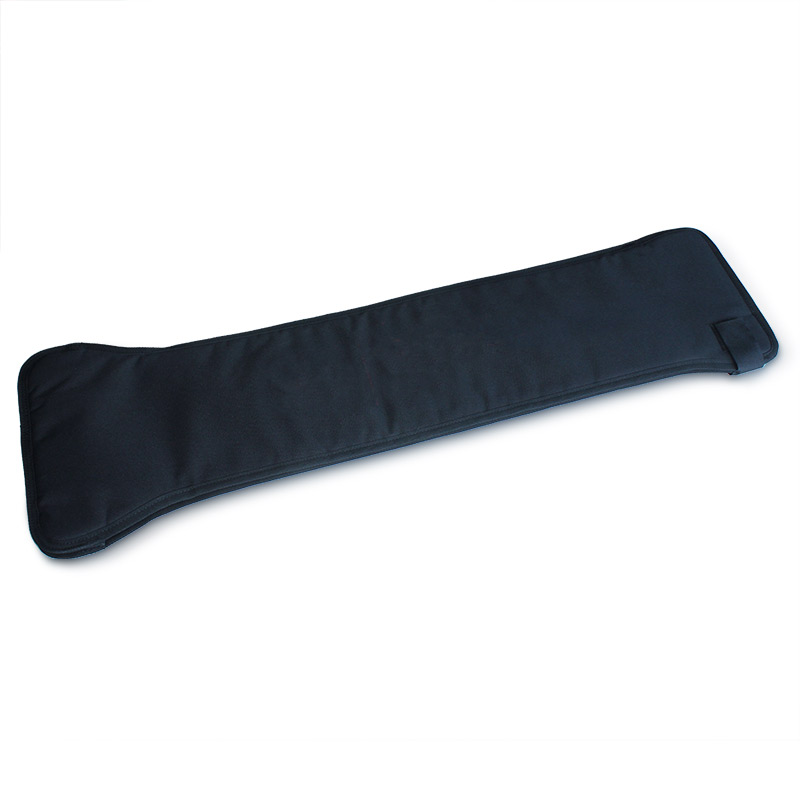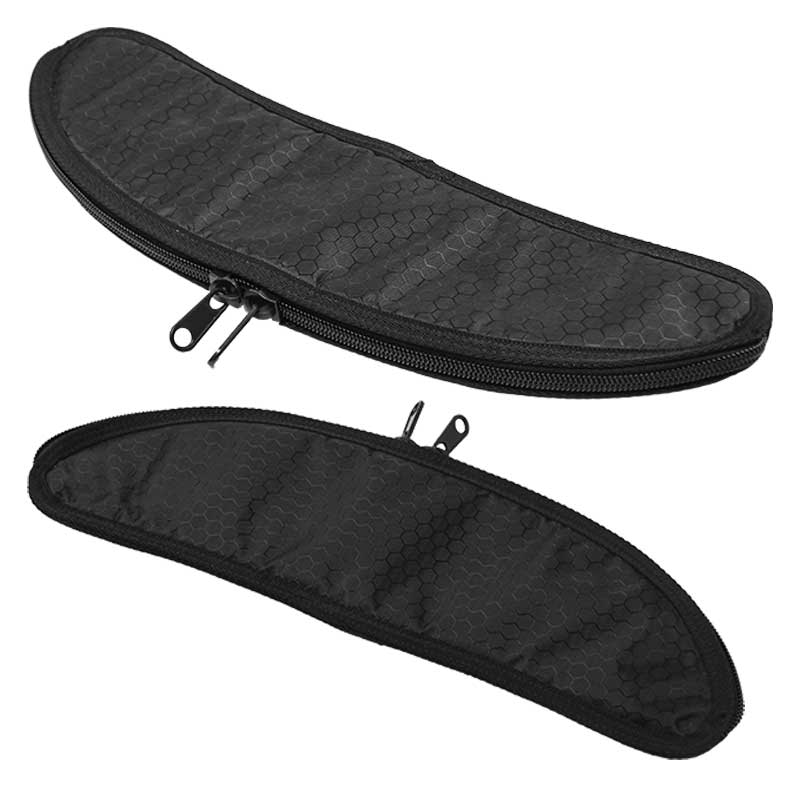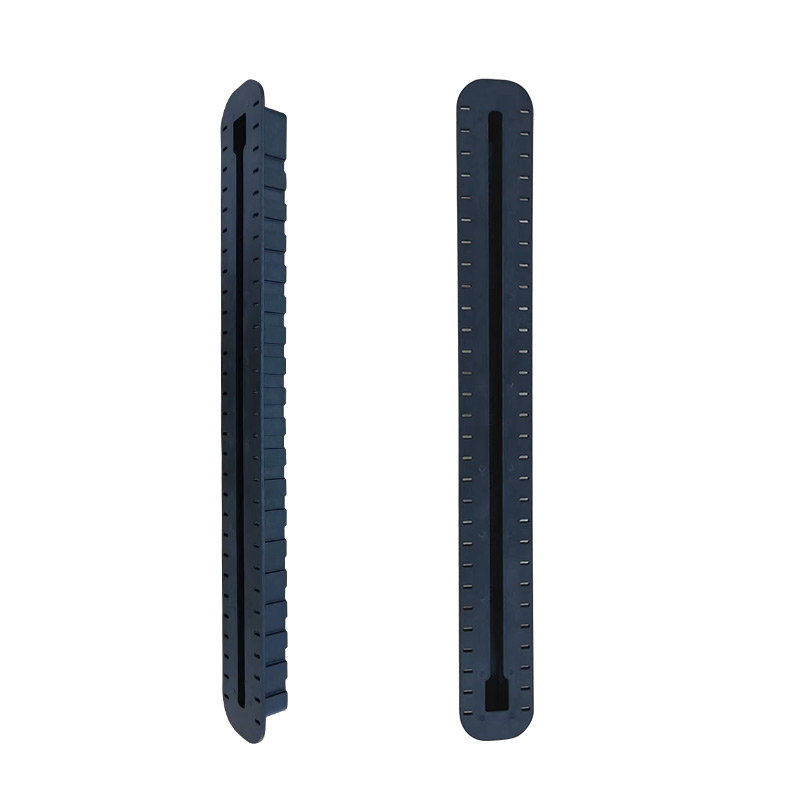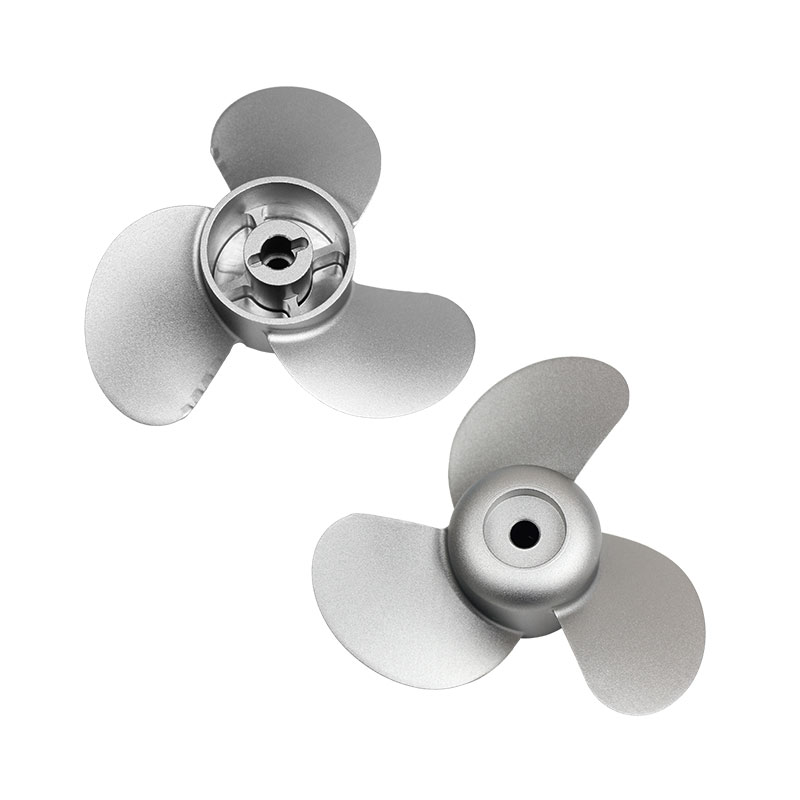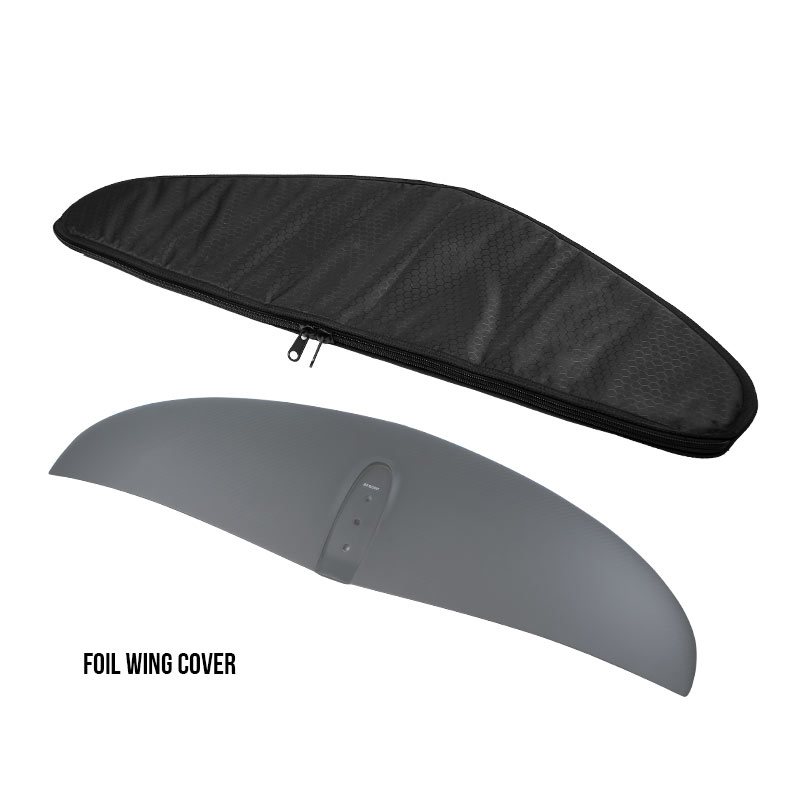Welcome to this comprehensive guide on the flat water paddle up technique! Whether you’re a beginner looking to get started or an experienced foiler aiming to refine your skills, this article will walk you through every step of the process. Paddling up on flat water is a challenging yet rewarding skill that can elevate your foiling game, especially when conditions aren’t ideal for downwind runs. In this guide, we’ll cover the essential techniques, gear recommendations, and tips to help you succeed. Let’s dive in!
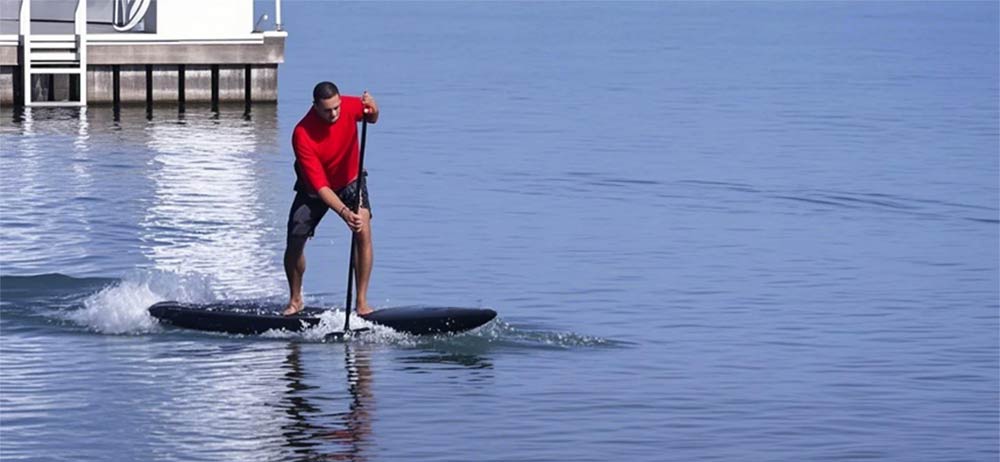
What Is the Flat Water Paddle Up?
The flat water paddle up is a technique used in foilboarding to get up on your foil and start gliding across calm, flat water using a combination of paddling and pumping. Unlike downwind foiling, where swells provide natural lift, flat water requires you to generate all the speed and momentum yourself. It’s a physically demanding process that tests your coordination, strength, and timing—but once mastered, it opens up new possibilities for foiling in any condition.
This technique is particularly valuable as a training drill. Even if you primarily foil in bumpy conditions, practicing the flat water paddle up builds the skills you need to control your board and foil efficiently. Plus, it’s a fantastic way to stay active and improve when the wind or waves aren’t cooperating.
Gear Setup for the Flat Water Paddle Up
Before we get into the technique, let’s talk about the gear that can make or break your flat water paddle up experience. Choosing the right equipment is crucial for success, and here’s what I recommend based on my own setup.
The Board
For this guide, the AFS Blackburn 80 x 18 x 115L board should be a nice choice. But there are also some other options for you for reference. Such as the Axis Carbon Downwind Foilboard (7’2” x 19” x 115L), F-One Rocket SUP Downwind Pro Carbon (7’0” x 20.5” x 109L), SABFOIL Torpedo Downwind Free (7’0” x 20” x 110L), Duotone Downwinder SLS (7’2” x 21” x 115L), KT Surfing Wing Drifter (7’0” x 20” x 115L), and so on.
These boards are your go-to for flat water takeoffs, especially with smaller foils. Its larger volume provides excellent buoyancy, which helps when paddling up small foils. The added stability and glide make it easier to generate speed without sinking too deep into the water. A high-volume board like this is ideal for beginners or anyone looking to simplify the process.
The Foil
The SUP foil we suggest is the AFS 1300 Enduro or other foils like Armstrong A+ HS1250, SABFOIL Leviathan 1350, Axis ART 1299, F-One Phantom 1280, etc. It depends on your preference. These foils strike a perfect balance—it’s easy enough to get up on but still offers a good challenge for refining your technique. For more advanced foilers or those pushing their limits, you can try AFS 750 Ultra or other similar hydrofoil wings later in this guide. Smaller foils like the 750 require more precision and power, making them a great test of your flat water paddle up skills.
The Mast
A shorter mast reduces drag and makes it easier to control the board during the initial takeoff phase—crucial for flat water conditions. It also keeps you closer to the water, allowing for quicker corrections if your technique falters. For this shorter hydrofoil mast, we think the 75cm length is enough. If you have any other option welcome to let us know.
The Paddle
For paddling, maybe Quick Blades On Ava 105 Adjustable is a good choice. Many people love adjustable paddles because they let you experiment with length to find what works best for you. A shorter paddle helps maintain a vertical shaft angle, which we’ll discuss later as a key part of the technique.
If you are interested in seeing or custom carbon sup paddles, please click the link to have a check. If you find value in this guide, supporting the site is a great way to give back and gear up for your own flat water paddle up adventures.
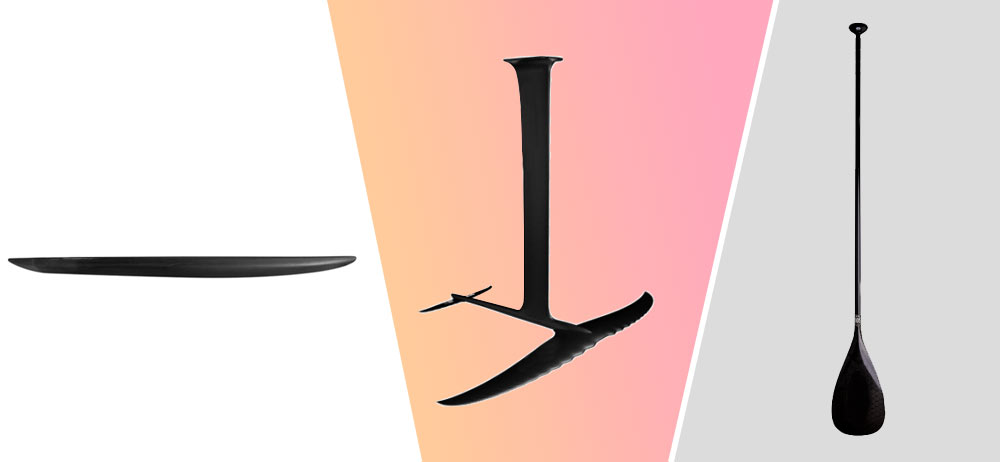
Core Techniques for the Flat Water Paddle Up
Now that we’ve covered the gear, let’s break down the flat water paddle up technique into its two main components: pumping and paddling. These elements work together to get you up on foil, and mastering them individually is the key to success.
Pumping Technique
Pumping is the foundation of the flat water paddle up. If you’re familiar with pump foiling—whether dock starting or flagging out your wing—you’ll recognize the motion. The goal is to use your body to create a rhythmic bounce that generates forward speed.
Step 1 – Start with Buoyancy
Begin by leveraging your board’s buoyancy. Sink the tail slightly by shifting your weight back, then bounce upward. As you rise, go weightless, letting the board lift almost out of the water. This upward projection is critical—your back foot should barely touch the board, with your heel lifting and your weight shifting over your front foot. This forward lean sets you up for the next phase.
Step 2 – Control the Nose Angle
Timing is everything in pumping. When you’re weightless and rising, the nose of your board should point slightly upward. As you come back down, shift your hips back slightly and push with your back foot to load the board—but before you push, ensure the nose angles downward. If the nose stays up when you apply pressure, you’re essentially braking, which kills your momentum. Aim for a slight downward tilt every time you land to maintain glide.
Step 3 – Build Forward Speed
Your pumping should generate forward motion even without a paddle. Practice this on its own: if you pump and stay in one place, your technique needs work. Effective pumping means creating speed without stalling. Once you can move forward consistently with just your body, you’re ready to add the paddle.

Paddling Technique
The paddle complements your pumping by adding power to get you up on foil. However, it’s not about brute force—efficiency and timing are what make the flat water paddle up work.
Step 1 – Start Gradually
Don’t go all out with your paddle right away. Start with light strokes—10% to 20% effort—and gradually increase to 30% or more as you build speed. Once you feel the foil start to engage, that’s when you give it 100%. This gradual buildup conserves energy and prevents you from stalling out early.
Step 2 – Sync with Pumping
The key to paddling is syncing it with your pumping rhythm. Your power stroke should happen when you’re pushing down with your legs and the nose is slightly down—that’s when you’re generating speed. As you go weightless and reset, bring the paddle forward. Dig in and pull as you push with your legs, combining the two forces for maximum efficiency. Avoid alternating paddle and pump; they should work together.
Step 3 – Maintain a Vertical Shaft
Keep your paddle shaft vertical during the stroke. This means your top hand must reach over your bottom hand. A vertical shaft ensures you’re pulling straight back, keeping the board on a stable, forward path. If the shaft angles too much, you’ll veer off course and lose power.
Step 4 – Focus on Stroke Placement
Where you catch the water matters. Dig the paddle in about a foot in front of your front foot, pulling it back until it reaches your back foot—then stop. There’s no power behind your back foot, so reset early. I also like to push forward with my top hand, not just pull with my bottom hand. This forward punch helps project my weight over the front foot, keeping the nose down and the foil engaged.
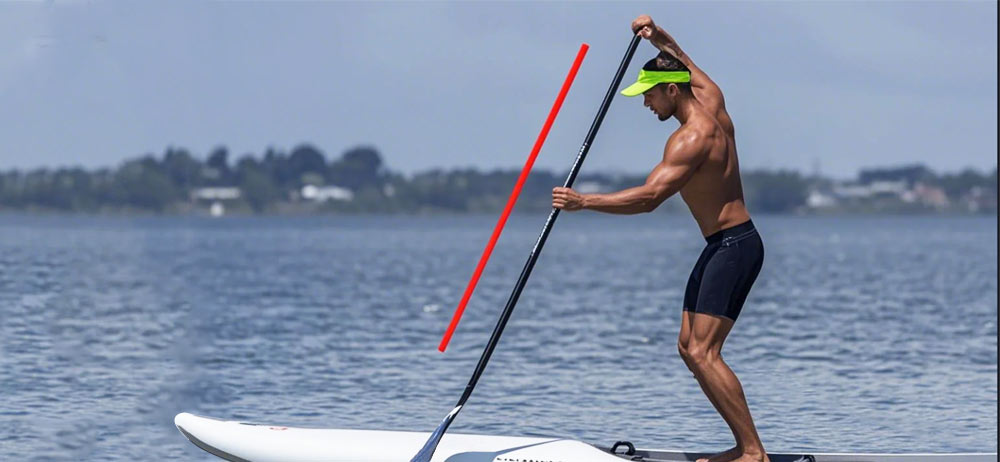
Putting It All Together: The Flat Water Paddle Up Process
With pumping and paddling dialed in, let’s combine them into a seamless flat water paddle up. Here’s how it plays out step by step.
Building Speed
Start with a few easy paddle strokes to get moving, letting your pumping lead the rhythm. Match your paddle timing to your downward push—nose slightly down, power on. As you bounce up and go weightless, reset the paddle and prepare for the next stroke. Gradually increase paddle effort as speed builds.
Transitioning to Foil
The takeoff is gradual, not a big leap. As the foil engages, you’ll feel the board lift slightly. Keep paddling and pumping in small, controlled steps—don’t try to jump out of the water too soon. If you lift off, let the board come back down briefly to maintain speed, then rise again. This stepwise approach prevents stalling and builds momentum.
Staying Up
Once you’re up and the board is off the water, keep paddling for a few extra strokes—especially until you’re high on the mast. This ensures you have enough speed and height to transition to pure pumping. When you’re stable, drop the paddle and rely on your pump foiling technique: nose up when weightless, nose down when pushing.
Advanced Tips for Small Foils
For an extra challenge, let’s look at the flat water paddle up with a smaller foil like the AFS 750 Ultra. This setup demands peak technique and physical effort, but it’s a great way to push your limits.
Rely More on the Paddle
Small foils don’t pump efficiently at low speeds—they can stall if you over-rely on pumping early on. Instead, lean harder on your paddle to build speed. It might take 40 strokes or more to get up, so pace yourself and stay gentle. Once you hit a decent speed, pumping becomes more effective.
Perfect Your Technique
With a small foil, every movement must be precise. My technique isn’t flawless here—physical exhaustion can throw off control—but the principles remain: keep the nose down when pushing, project forward, and time your strokes perfectly. Practice on larger foils first to build muscle memory.
Why Practice the Flat Water Paddle Up?
You might wonder: why bother with the flat water paddle up when downwind foiling is easier in bumps? Here’s why it’s worth your time.
- Skill Development: It hones your pumping and paddling coordination, making you a better all-around foiler.
- Versatility: It lets you foil in flat conditions when downwind isn’t an option.
- Challenge: Mastering it is satisfying and builds confidence for tougher scenarios.
Even if you don’t need it for downwind, it’s a fantastic drill to keep your skills sharp.
Common Mistakes and How to Fix Them
Here are some pitfalls to avoid during your flat water paddle up practice:
- Pushing with the Nose Up: This brakes your momentum. Focus on nose-down timing when applying pressure.
- Overusing the Paddle Early: Going 100% too soon wastes energy. Build power gradually.
- Standing Too Straight: A long paddle can pull you upright, lifting the nose. Keep your chest low and forward.
- Big Jumps: Avoid leaping out of the water too fast. Take small, incremental steps.

Final Thoughts on Mastering the Flat Water Paddle Up
The flat water paddle up isn’t easy—it’s a frustrating, humbling process that takes time and patience. I’ve learned this technique through trial and error, and I’m still refining it. If you come from a paddling background, feel free to share your tips in the comments—we’re all learning together!
Get out there, stay positive, and don’t be too hard on yourself. Even if you don’t nail it every time, the effort will pay off when you’re carving downwind or foiling in minimal conditions.

